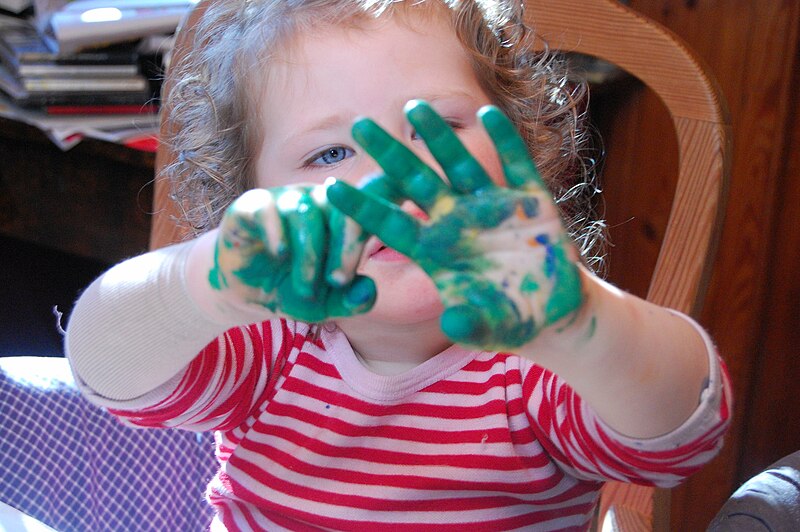Ok, so maybe we are ready to accept the fact that “digital natives” doesn’t really mean anything. The New York Times recently ran an article So-Called ‘Digital Natives’ Not Media Savvy, New Study Shows, to which I COULD respond “nyah, nyah, told you so” – because I wrote about this 3 years ago in Digital natives/immigrants – how much do we love this slogan?
But no, I’ll refrain. (I’m assuming you can’t see me doing a tiny little superiority dance in front of my computer as I write this.)
So what does need to happen once we stop labeling kids and start treating them as individuals who show up with all sorts of different experiences, interests, and needs? How do we take students from where they are and introduce opportunities for deeper learning?
Here’s one idea:
“The Glitch project, by Betsy diSalvo and Amy Bruckman, deals directly with one of these consumer/producer dichotomies: African-American teen men are among the most game-playing demographics in American society, yet they’re among the least represented in computer science programs. Being interested in playing the technology doesn’t equate with interest or facility in making the technology. Betsy’s great insight is that learning to be game-testers is a terrific bridge from game-player to game-maker. In a sense, Betsy is teaching her students exactly the issue of information literacy discussed in the NYTimes piece below — it’s about having a critical eye about the technology. So, to all those teachers worried about being made obsolete by digital natives, rest easy. You have a LOT to teach them.” – Mark Guzdial, from his Computing Education Blog
It’s like I said in my previous post – “If we walk away from our responsibility to teach them about appropriate, academic uses of technology, it’s our fault when silly, or worse, inappropriate uses of technology fill that vacuum.”
Creating labels like native and immigrant only solidify boundaries and create implied adversaries. It’s simply the wrong mental picture for a collaborative learning environment where teachers and students are all lifelong learners.
Sylvia


